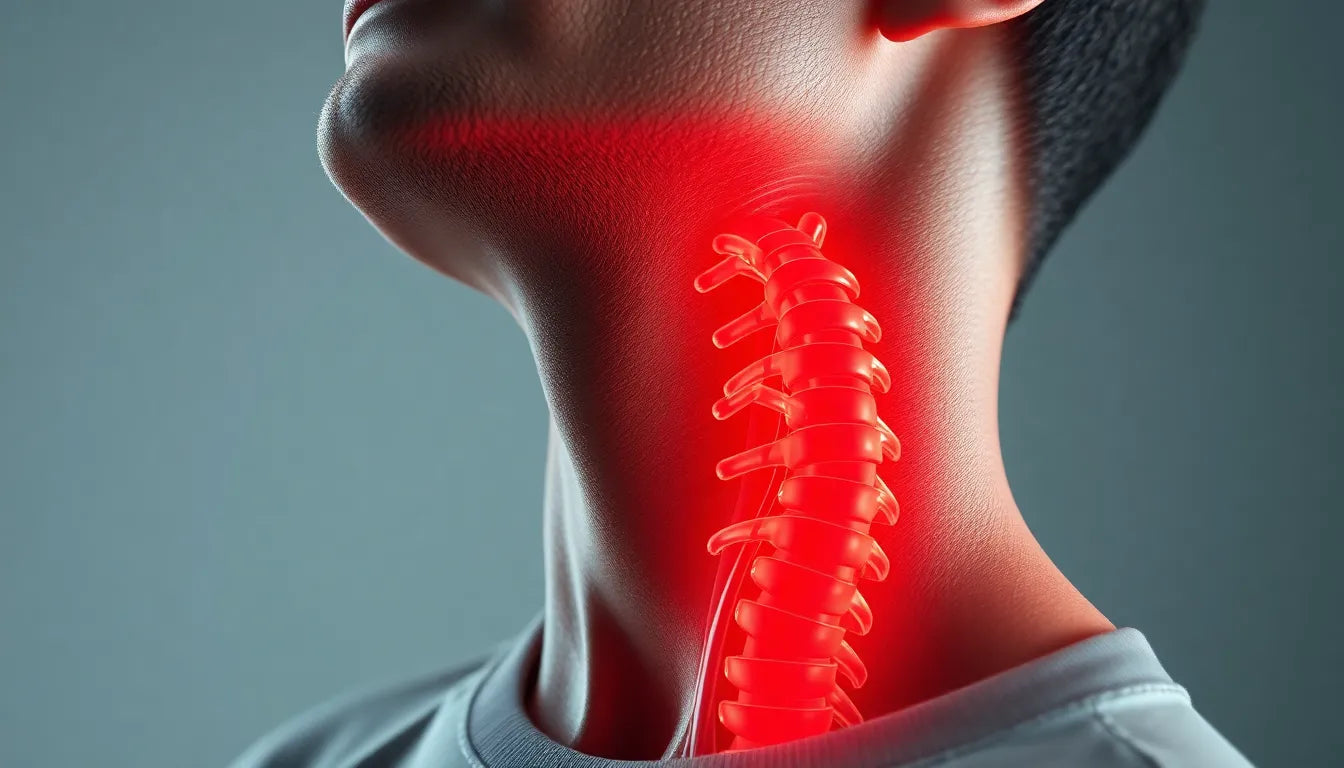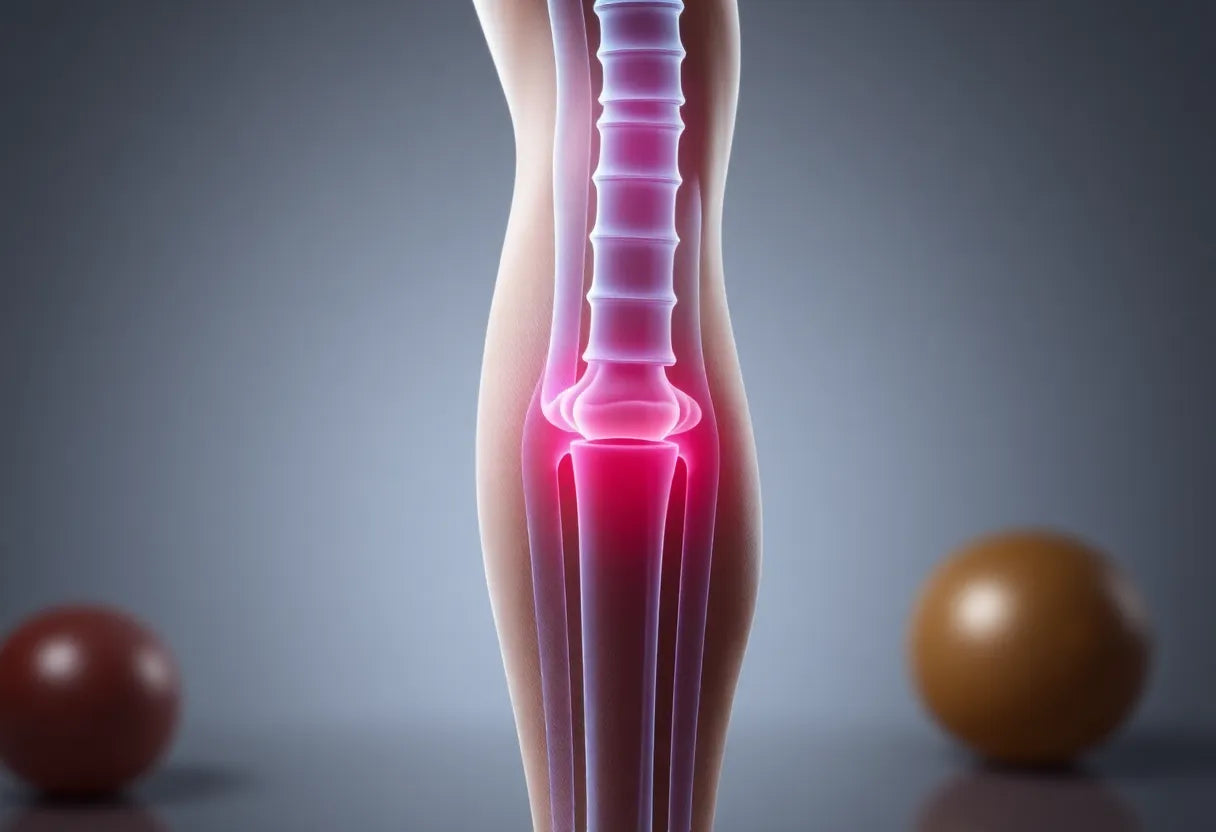Scoliosis is a condition characterized by an abnormal curvature of the spine, which can take the form of a "C" or "S" shape. This spinal deviation is more common than many realize, affecting approximately 2-3% of the population. While it can occur at any age, it is most often diagnosed during adolescence. Despite its prevalence, scoliosis is frequently misunderstood, particularly when it comes to its impact on back pain.
Individuals with scoliosis often experience back pain, a symptom that can significantly affect their quality of life. The severity of back pain varies widely among those with scoliosis, from mild discomfort to debilitating pain. This variability can be attributed to factors such as the degree of spinal curvature and its location on the spine. Understanding the relationship between scoliosis and back pain is essential for effective management and treatment, which can help improve daily living and overall well-being.
The importance of understanding the connection
Recognizing the connection between scoliosis and back pain is crucial for several reasons. For one, it aids in devising effective treatment and management strategies tailored to individual needs. This understanding is not only important for adolescents, who may face challenges with growth and development, but also for adults who may experience increased pain and discomfort as they age. By acknowledging how scoliosis contributes to back pain, individuals can seek appropriate interventions that address both the structural and symptomatic aspects of the condition.
Both adolescents and adults with scoliosis may experience varying degrees of pain and discomfort. Adolescents might struggle with posture-related issues and pain during growth spurts, while adults often face degenerative changes that exacerbate back pain. Therefore, a comprehensive approach to understanding and managing scoliosis-related back pain is essential for improving quality of life across all age groups.
This blog post will delve deeper into the relationship between scoliosis and back pain, exploring the underlying causes, symptoms, and available treatment options. By shedding light on these aspects, we aim to provide valuable insights and practical advice for those affected by this condition. Whether you're seeking to understand your own experiences with scoliosis or looking for ways to support a loved one, this post offers a starting point for finding relief and improving life with scoliosis.
understanding the relationship between scoliosis and back pain
The connection between scoliosis and back pain is multifaceted and can be influenced by several physiological factors. One of the primary reasons scoliosis leads to back pain is the pressure exerted on the vertebrae and joints due to the spine's abnormal curvature. This pressure can cause discomfort and, over time, lead to degenerative changes that exacerbate pain. Additionally, scoliosis can strain and compress nerves, leading to specific pain patterns such as cruralgia, which is characterized by pain radiating to the front of the thigh.
Another significant factor is the change in posture resulting from the spinal curvature. These postural changes can affect the alignment of the spine, leading to muscle strain and fatigue. The muscles around the spine work harder to maintain balance and support, which can result in chronic pain and tension. Moreover, the degree and location of the curvature play a critical role in determining the severity of pain. For instance, lumbar scoliosis, which affects the lower back, is often more painful compared to thoracic scoliosis, which affects the upper back, due to the greater involvement of weight-bearing structures.

Lumbar support belt
Støtter og stabiliserer nedre ryg samt lindrer smerter og spændinger ved daglig aktivitet.
symptoms and diagnosis
Individuals with scoliosis may experience a wide range of symptoms related to back pain. These can range from mild to severe, often worsening with age and as the curvature progresses. Common symptoms include localized pain in the back, which may be asymmetrical, affecting one side more than the other. This asymmetry can lead to uneven muscle tension and further discomfort. In some cases, individuals may also experience pain radiating to other areas, such as the hips or legs, due to nerve compression.
Diagnosing scoliosis and the associated back pain involves a thorough physical examination and imaging tests. During a physical exam, a healthcare provider will look for signs of spinal curvature, such as uneven shoulders or hips. Imaging tests, like X-rays or MRIs, are crucial in assessing the degree and location of the curvature and identifying any degenerative changes or nerve involvement. Accurate diagnosis is essential for developing an effective treatment plan to manage pain and prevent further progression.
treatment options for scoliosis-related back pain
Managing scoliosis-related back pain often involves a combination of non-surgical and surgical treatments, tailored to the individual's specific needs and the severity of their condition.
non-surgical treatments
Non-surgical approaches are typically the first line of treatment for managing scoliosis-related back pain. Physical therapy plays a crucial role in strengthening the muscles supporting the spine and improving posture. Exercises are designed to enhance flexibility and reduce muscle tension, helping to alleviate pain. Additionally, nonsteroidal anti-inflammatory drugs (NSAIDs) and steroid injections can provide relief from inflammation and pain.
Alternative therapies, such as acupuncture and chiropractic care, may also be beneficial for some individuals. Acupuncture can help reduce pain by stimulating specific points on the body, while chiropractic adjustments may improve spinal alignment and reduce discomfort. However, it's important to consult with healthcare professionals to determine the most appropriate and effective treatment plan.
surgical treatments
In severe cases of scoliosis where non-surgical treatments are ineffective, surgical intervention may be considered. Surgical options, such as spinal fusion and osteotomy, aim to stabilize the spine and correct the curvature. Spinal fusion involves joining two or more vertebrae, reducing the degree of curvature and alleviating pain. Osteotomy, on the other hand, involves removing a section of bone to realign the spine.
While surgery can significantly improve quality of life for those with severe scoliosis, it carries risks and requires a lengthy recovery period. Therefore, it is typically reserved for cases where the curvature is progressing rapidly or causing significant pain and functional impairment.
By understanding the complex relationship between scoliosis and back pain, individuals can explore a range of treatment options to find relief and improve their quality of life. Whether through non-surgical methods or, in some cases, surgical intervention, managing scoliosis-related back pain is possible with the right approach and support.
Prevention and management strategies for scoliosis-related back pain
Effectively managing scoliosis-related back pain involves a combination of lifestyle modifications and early intervention. These strategies are essential in preventing the progression of scoliosis and alleviating associated symptoms.
Lifestyle modifications
Maintaining a balanced lifestyle is crucial for managing scoliosis symptoms. Regular exercise, such as swimming and cycling, can help strengthen the muscles supporting the spine and improve overall posture. These low-impact activities are particularly beneficial as they minimize strain on the spine while enhancing cardiovascular health.
A healthy diet also plays a vital role in managing scoliosis-related back pain. Proper nutrition helps maintain a healthy weight, reducing the pressure on the spine and joints. Additionally, incorporating foods rich in calcium and vitamin D can support bone health, which is important for individuals with scoliosis.
Good posture is another key element in managing scoliosis. Being mindful of posture during daily activities can help reduce muscle strain and prevent further curvature progression. Ergonomic aids, such as supportive chairs and cushions, can assist in maintaining proper alignment and reducing discomfort.

Men's Posture Shirt™ - Black
Patenteret shirt der aktiverer rygmusklerne og giver støtte, lindrer spændinger og øger kropsbevidstheden.
Early detection and intervention
Early detection of scoliosis is crucial in preventing its progression and managing back pain effectively. Regular check-ups and routine monitoring can help identify scoliosis in its early stages, allowing for timely intervention. This is particularly important for adolescents, as early intervention can prevent significant curvature development during growth spurts.
Healthcare professionals often recommend regular physical examinations and imaging tests to monitor scoliosis progression. These assessments help in tailoring treatment plans that address individual needs and mitigate pain. Early intervention strategies might include physical therapy and bracing, which can slow or halt the progression of the curvature.
Case studies and real-life examples
Real-life examples illustrate the diverse approaches individuals take to manage scoliosis-related back pain. For instance, Jane, a 35-year-old office worker, found relief through a combination of physical therapy and ergonomic adjustments at her workplace. By integrating specific exercises into her daily routine and using a supportive chair, she experienced a significant reduction in pain and improved her posture.
Similarly, Tom, a teenager diagnosed with scoliosis at 14, benefited from early intervention with a bracing program. Combined with regular swimming sessions, the brace helped prevent further curvature, allowing him to maintain an active lifestyle without significant discomfort.
Frequently Asked Questions
What causes scoliosis-related back pain?
Scoliosis-related back pain is primarily caused by the abnormal curvature of the spine exerting pressure on vertebrae and joints. This pressure can lead to nerve strain and compression, resulting in specific pain patterns and muscle fatigue.
Can scoliosis be cured, or is it only manageable?
Scoliosis is generally considered a manageable condition rather than curable. Treatment focuses on symptom relief and improving quality of life. While the curvature itself may not be fully corrected, effective management can significantly reduce pain and prevent progression.
What are the best exercises for managing scoliosis-related pain?
Exercises that strengthen the back and improve flexibility are beneficial for managing scoliosis-related pain. Swimming, cycling, and yoga are excellent options, as they promote muscle strength and enhance posture without placing excessive strain on the spine.
When should I consider surgery for scoliosis?
Surgical intervention is typically considered when scoliosis is severe, rapidly progressing, or causing significant pain and functional impairment. Patients should consult with healthcare professionals to evaluate the risks and benefits of surgery based on their specific condition.
How can ergonomic aids help with scoliosis?
Ergonomic aids, such as supportive chairs, cushions, and adjustable desks, can help reduce strain on the spine and promote proper posture. These tools are particularly useful in preventing muscle fatigue and discomfort during daily activities, especially for those with sedentary lifestyles.
Källor
- Johnson, L. et al. (2023). "Scoliosis and Back Pain: A Comprehensive Review." Journal of Orthopedic Research.
- Mayo Clinic Staff. "Scoliosis: Diagnosis and Treatment." Mayo Clinic.
- Smith, J. et al. (2023). "The Impact of Scoliosis on Quality of Life: A Patient Perspective." Spine Journal.
- Lowenstein, J. "12 Scoliosis Exercises for Pain Relief." Jason Lowenstein MD.
- Scoliosis Society. "Pain Management for Scoliosis." Scoliosis Society Resources.
- DFW Spine Center. "Scoliosis in Adults: Treatment Options Beyond Bracing." DFW Spine Center.
- Mayo Clinic Staff. "Scoliosis: Symptoms and Causes." Mayo Clinic.
- American Academy of Orthopaedic Surgeons. "Nonsurgical Treatment Options for Scoliosis." OrthoInfo.
- Scoliosis Research Society. "Idiopathic Scoliosis." SRS.
- Baylor Scott & White Health. "3 Simple Ways to Relieve Scoliosis Pain at Home." BSW Health Blog.
- Medical News Today. "Does Scoliosis Cause Back Pain?" Medical News Today.
- Mass General Brigham. "How to Manage Adult Scoliosis." Mass General Brigham.
- Cleveland Clinic. "Scoliosis." Cleveland Clinic.
- Hospital for Special Surgery. "Scoliosis: Conditions and Treatments." HSS.
- Doe, J. (2005). "Understanding Scoliosis and Its Impact on Health." JAMA.


















